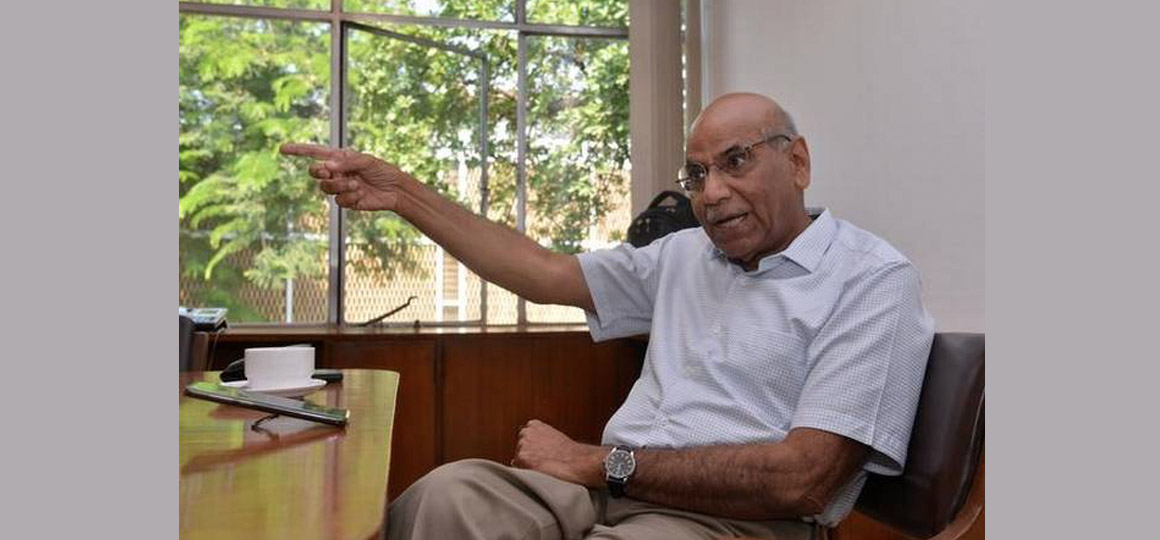A ‘no man’s land’ in Finger area means troops would not return to positions prior to April 2020, says former foreign secretary
India’s decision to agree to a “phased” withdrawal of troops rather than a package deal for a complete disengagement across the Line of Actual Control could become a cause for concern in the future, said former National Security Advisory Board (NSAB) chairperson and former foreign secretary Shyam Saran.
Mr Saran pointed out that setting up a buffer zone or “no man’s land” in the Finger area of North Pangong Tso, even if temporarily, means that the troops would not return to the “status quo ante” or positions prior to April 2020. He added that the future would depend on how “smoothly” the rest of the disengagement process, that began last week, will go.
“We had earlier been given the impression that the Indian side was holding out for this engagement not sector by sector, but along the entire LAC, which would include the Hot Spring area as well as Depsang,” Mr. Saran told The Hindu in an interview.
“I’m not very sure that this represents going back to status quo ante, which has been, in fact, a constant demand made by us. It would appear that we are more focusing on the restoration of peace and tranquility at the border, rather than saying that we should go back to what the situation was around April last year,” he added.
On Saturday, Indian and Chinese corps commanders sat down to discuss the next phase of disengagement for areas like Hot Springs and Gogra point, where Chinese troops had built sizeable infrastructure in the last year, although a partial disengagement took place in July last year.
According to Mr. Saran, who had in 2013 prepared a report of recommendations to the former Prime Minister Manmohan Singh about the need for infrastructure at the LAC, the decision for Indian troops to vacate the Kailash Range heights, including Rechin La and Rezang La, in the first phase of disengagement was valid if there was an “overall agreement” to vacate all other territory, that China will adhere to. However, he pointed out that after the Doklam standoff in 2017 where Indian forces had stopped Chinese troops from building a road into Bhutanese territory, Chinese troops had subsequently returned to build roads and infrastructure in other areas of the same region.
“If the vacation of the Kailash Ranges is part and parcel of a larger deal, where we go back to the status quo ante and we do at the end of this process, manage to get disengagement along the entire LAC, then yes, this is fine. But if we have vacated these heights, and later on, we find that our expectations of Chinese disengaging is not borne out by what happens on the ground, then yes, we would say that this was not such a clever move on our part,” he explained.
When asked why he thought China had agreed to the disengagement, despite occupying areas along the LAC for nearly a year, Mr. Saran said China may have “miscalculated” that its aggression would have been a “low cost or low risk” operation.
But after the Galwan incident in which 20 Indian soldiers died, and China has announced it lost at least four soldiers, the Chinese “script” went awry, and in fact it would appear that China didn’t achieve much through the standoff, as Indian troops held their ground.
India must prioritise returning to the status quo ante on LAC: Shyam Saran
A ‘no man’s land’ in Finger area means troops would not return to positions prior to April 2020, says former foreign secretary
India’s decision to agree to a “phased” withdrawal of troops rather than a package deal for a complete disengagement across the Line of Actual Control could become a cause for concern in the future, said former National Security Advisory Board (NSAB) chairperson and former foreign secretary Shyam Saran.
Mr Saran pointed out that setting up a buffer zone or “no man’s land” in the Finger area of North Pangong Tso, even if temporarily, means that the troops would not return to the “status quo ante” or positions prior to April 2020. He added that the future would depend on how “smoothly” the rest of the disengagement process, that began last week, will go.
“We had earlier been given the impression that the Indian side was holding out for this engagement not sector by sector, but along the entire LAC, which would include the Hot Spring area as well as Depsang,” Mr. Saran told The Hindu in an interview.
“I’m not very sure that this represents going back to status quo ante, which has been, in fact, a constant demand made by us. It would appear that we are more focusing on the restoration of peace and tranquility at the border, rather than saying that we should go back to what the situation was around April last year,” he added.
On Saturday, Indian and Chinese corps commanders sat down to discuss the next phase of disengagement for areas like Hot Springs and Gogra point, where Chinese troops had built sizeable infrastructure in the last year, although a partial disengagement took place in July last year.
According to Mr. Saran, who had in 2013 prepared a report of recommendations to the former Prime Minister Manmohan Singh about the need for infrastructure at the LAC, the decision for Indian troops to vacate the Kailash Range heights, including Rechin La and Rezang La, in the first phase of disengagement was valid if there was an “overall agreement” to vacate all other territory, that China will adhere to. However, he pointed out that after the Doklam standoff in 2017 where Indian forces had stopped Chinese troops from building a road into Bhutanese territory, Chinese troops had subsequently returned to build roads and infrastructure in other areas of the same region.
“If the vacation of the Kailash Ranges is part and parcel of a larger deal, where we go back to the status quo ante and we do at the end of this process, manage to get disengagement along the entire LAC, then yes, this is fine. But if we have vacated these heights, and later on, we find that our expectations of Chinese disengaging is not borne out by what happens on the ground, then yes, we would say that this was not such a clever move on our part,” he explained.
When asked why he thought China had agreed to the disengagement, despite occupying areas along the LAC for nearly a year, Mr. Saran said China may have “miscalculated” that its aggression would have been a “low cost or low risk” operation.
But after the Galwan incident in which 20 Indian soldiers died, and China has announced it lost at least four soldiers, the Chinese “script” went awry, and in fact it would appear that China didn’t achieve much through the standoff, as Indian troops held their ground.






NO COMMENT